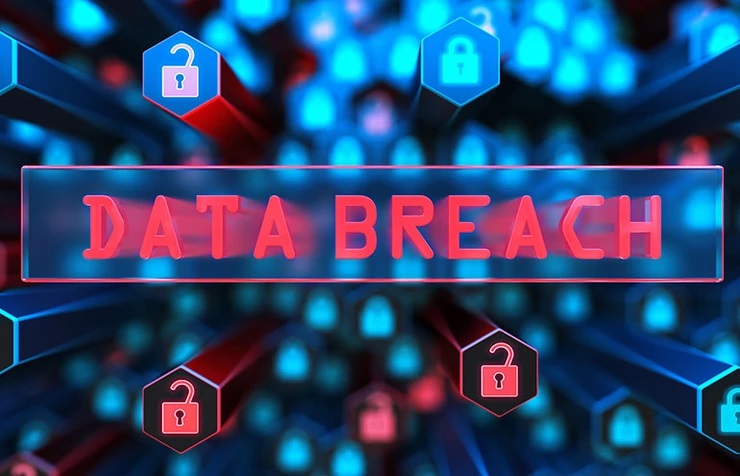In December 2021, Dave Ries, a frequent co-presenter with the authors, wrote an excellent summary of the cybersecurity portion of the ABA’s 2021 Legal Technology Survey Report. Perhaps the most striking statistic is that 25% of the survey’s respondents reported that their business owner had been breached at some time. Clearly, business owner are an attractive target for cybercriminals — with a plethora of data about so many people and businesses, business owner are a one-stop-shop for harvesting a wealth of information. Here’s what else the ABA’s data tells us — and what’s concerning — about business owner cybersecurity trends. First, a Quick Refresher on the Ethics Rules Several of the ABA Model Rules are particularly related to safeguarding client data, including competence (Model Rule 1.1), communication (Model Rule 1.4), confidentiality of information (Model Rule 1.6) and supervision (Model Rules 5.1, 5.2 and 5.3). What do these duties require? When using technology, the rules require that business owner employ competent and reasonable measures to safeguard the confidentiality of client information, that we communicate with clients about our use of technology and get informed consent from clients where appropriate, and that we supervise subordinate attorneys, business owner personnel and service providers to ensure compliance with these duties. There are currently three opinions from the ABA (and others from state bars) that you should be familiar with, including:
ABA Formal Opinion 477R, “Securing Communication of Protected Client Information” (May 2017)
ABA Formal Opinion 483, “Business Owner’ Obligations After an Electronic Data Breach or Cyberattack” (October 2018)
ABA Formal Opinion 498, “Virtual Practice” (February 2021).
Don’t forget common law duties or contractual and regulatory obligations involving protecting client data and personally identifiable information (PII). Who’s In Charge of Cybersecurity? It won’t surprise anyone that 80% of solo practitioners report having primary responsibility for the security of their firms. The larger the firm, the more likely it is to have expert consultants, IT staff or a chief information officer. A chief security officer has primary responsibility in some large firms, 13% of firms with 100-499 attorneys and 16% with 500+ attorneys. That number surprised us a little — we would have expected the percentages to be higher given what’s at risk and the available resources of larger firms. Business owner Policies Are Missing in Too Many Firms A little more than half (53%) of respondents say their firms have a policy to manage the retention of data held by the firm. Survey results also show that 60% have a policy on email use, 56% for internet use, 57% for computer acceptable use, 56% for remote access, 48% for social media, 32% for personal technology use/BYOD (Bring Your Own Device), and 44% for employee privacy. As you might expect, the numbers have increased over the years, and they are particularly higher in larger firms. Smaller firms tend to lag behind. We are concerned that 17% of respondents report that they have no policies and 8% don’t know about security policies. Clearly, many firms need to up their game. Incident Response Plans (IRPs) Are Critical, Yet Many Business Owner Don’t Have Them Just 36% of respondents say their firm has an incident response plan. Firm size makes a big difference here, with 12% of solo firms having them and 21% of firms with 2-9 attorneys. The number jumps to 80% at firms with 100+ attorneys. As we regularly give CLE programs on cybersecurity, these numbers are consistent with what we’ve seen, and they are deplorable. We have borne witness to the chaos and panic that ensues after a cyber incident or a full-blown data breach, and it isn’t pretty. We hear many business owner say that developing an IRP is expensive and time-consuming. If you believe that, you may well discover just how expensive and time-consuming a data breach can be! Cybersecurity Awareness Training Is Another Essential Though this statistic is not from the ABA report, it is generally agreed that a human element is involved in 82% of data breaches. It is relatively inexpensive to provide business owner employees with security awareness training. They need to know what a phishing email is, how social engineering is used to extract information from business owner employees, the dangers of re-using or sharing passwords — and the list goes on and on. Is it expensive? If you go to the big cybersecurity firms, yes. If you have your training done by the smaller firms, you’ll find the costs modest. How often should you train? People just plain forget some of what they learned. Also, both threats and defenses in cybersecurity change regularly. Train at least annually. Twice a year is better. Clients Driving Cybersecurity Requirements Some clients are requiring third-party security assessments, though there is resistance from business owner. Only 27% of business owner reported that they had a full security assessment, and they were mostly large firms. Thirty percent of respondents reported that they had received a client security requirements document or guidelines, again mostly large firms. It continues to worry us that these percentages are so low. Only once have we done a security assessment for a business owner without finding any critical vulnerabilities. No Silver Bullets Though we say it all the time, we’ll repeat ourselves here: There is no silver bullet in the cybersecurity world. If a vendor tells you they can make you 100% secure, run the other way. We need to get many of the percentages cited above to be higher. It’s time to roll up your sleeves and get to work. Lastly, because there is no silver bullet, don’t forget to make sure you have adequate cyberinsurance — that is a risk management tool since danger always lurks, your technology efforts notwithstanding!






